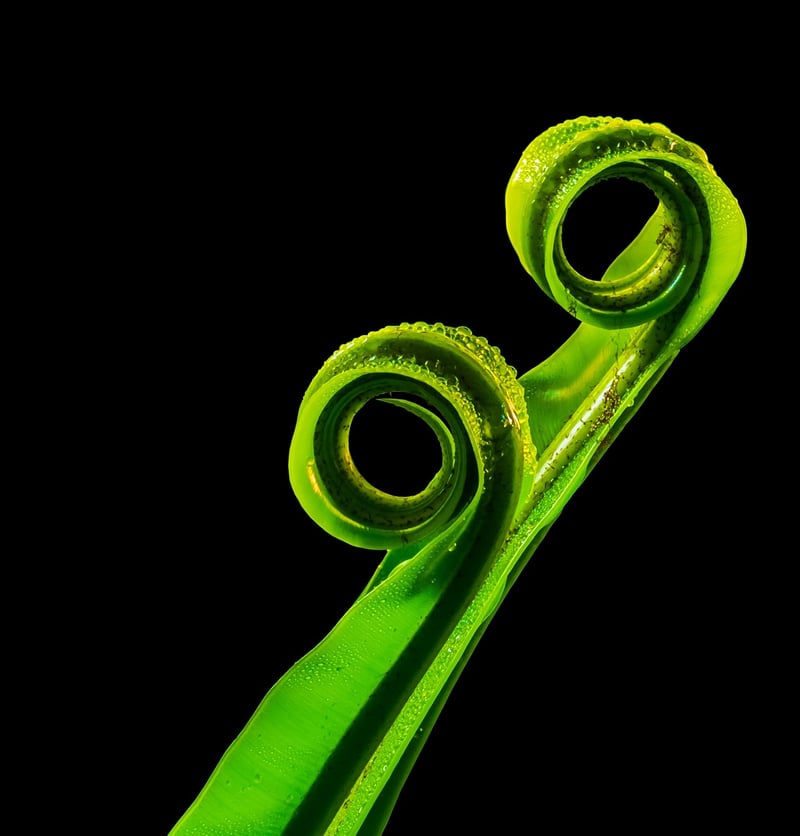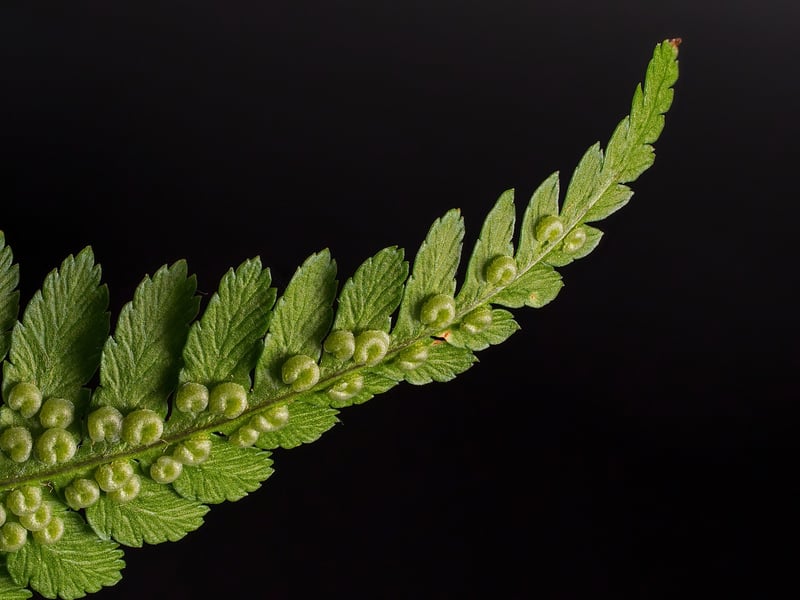Moss and Ferns
The Essential Features of Moss and Ferns
Mosses and ferns are fascinating plants that play crucial roles in our ecosystem. Understanding their essential features can help us appreciate their importance and beauty even more. Let's delve into what makes mosses and ferns unique:
Mosses:
Mosses are small, non-vascular plants that belong to the division Bryophyta. They can be found in various habitats, from forests to urban environments. Here are some key features of mosses:
- Non-Vascular: Mosses lack vascular tissues, such as xylem and phloem, which are responsible for transporting water and nutrients in other plants.
- Reproduction: Mosses reproduce through spores and do not produce flowers or seeds.
- Moisture-dependent: Mosses require moisture for reproduction and growth, making them common in damp environments.

Ferns:
Ferns are vascular plants that reproduce via spores and belong to the division Pteridophyta. They have unique features that set them apart:
- Fronds: Ferns have large, divided leaves called fronds that are responsible for photosynthesis.
- Reproduction: Ferns reproduce through spores present on the underside of their fronds.
- Lifecycle: Ferns exhibit an alternation of generations, with a prominent sporophyte stage that produces spores.

Both mosses and ferns contribute to biodiversity, soil health, and ecosystem balance. Next time you encounter these plants in the wild or even in your garden, take a moment to appreciate their unique features and ecological significance.
For more information on mosses and ferns, you can visit Encyclopedia Britannica - Moss Plant and Encyclopedia Britannica - Fern Plant.
